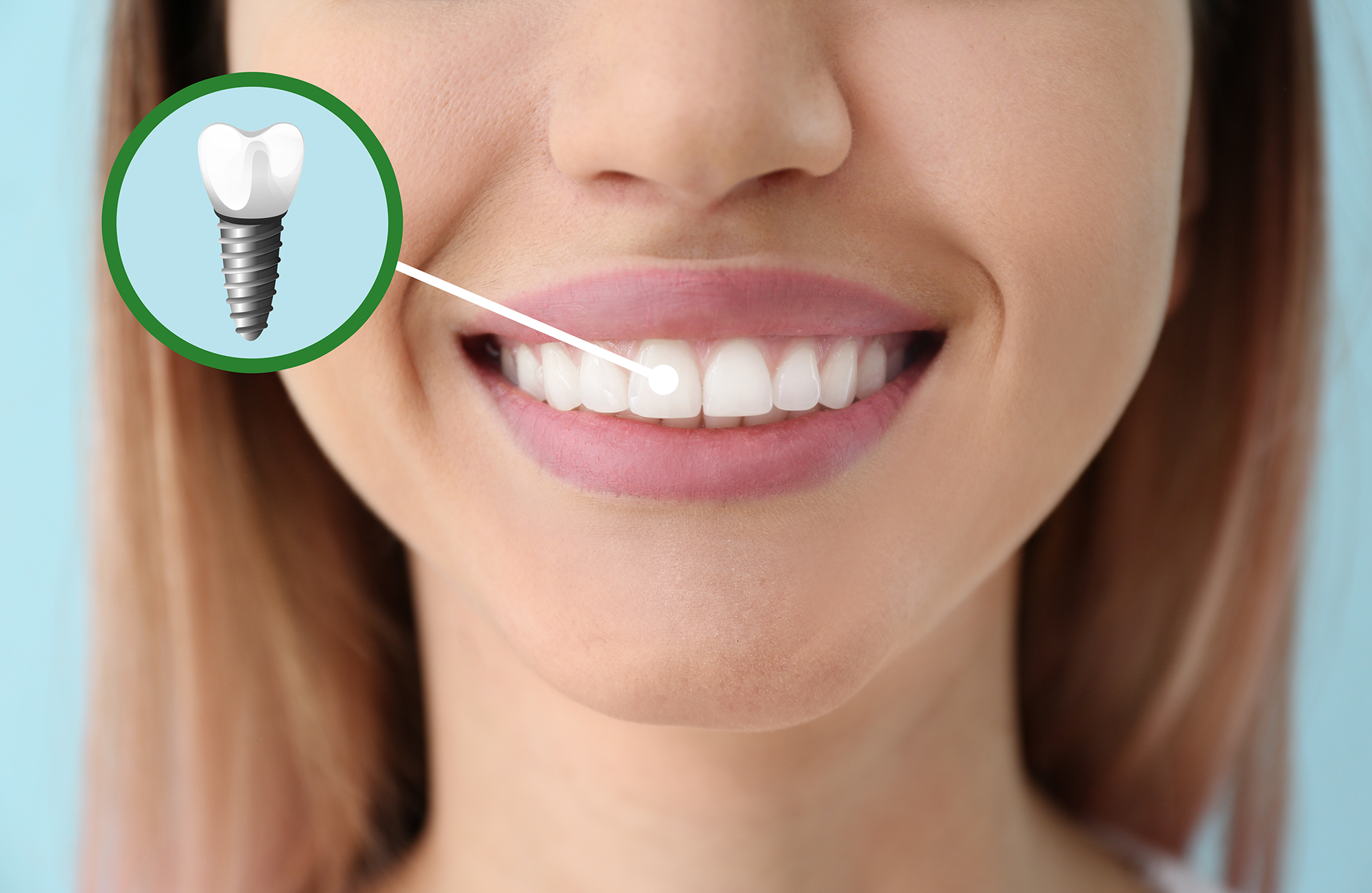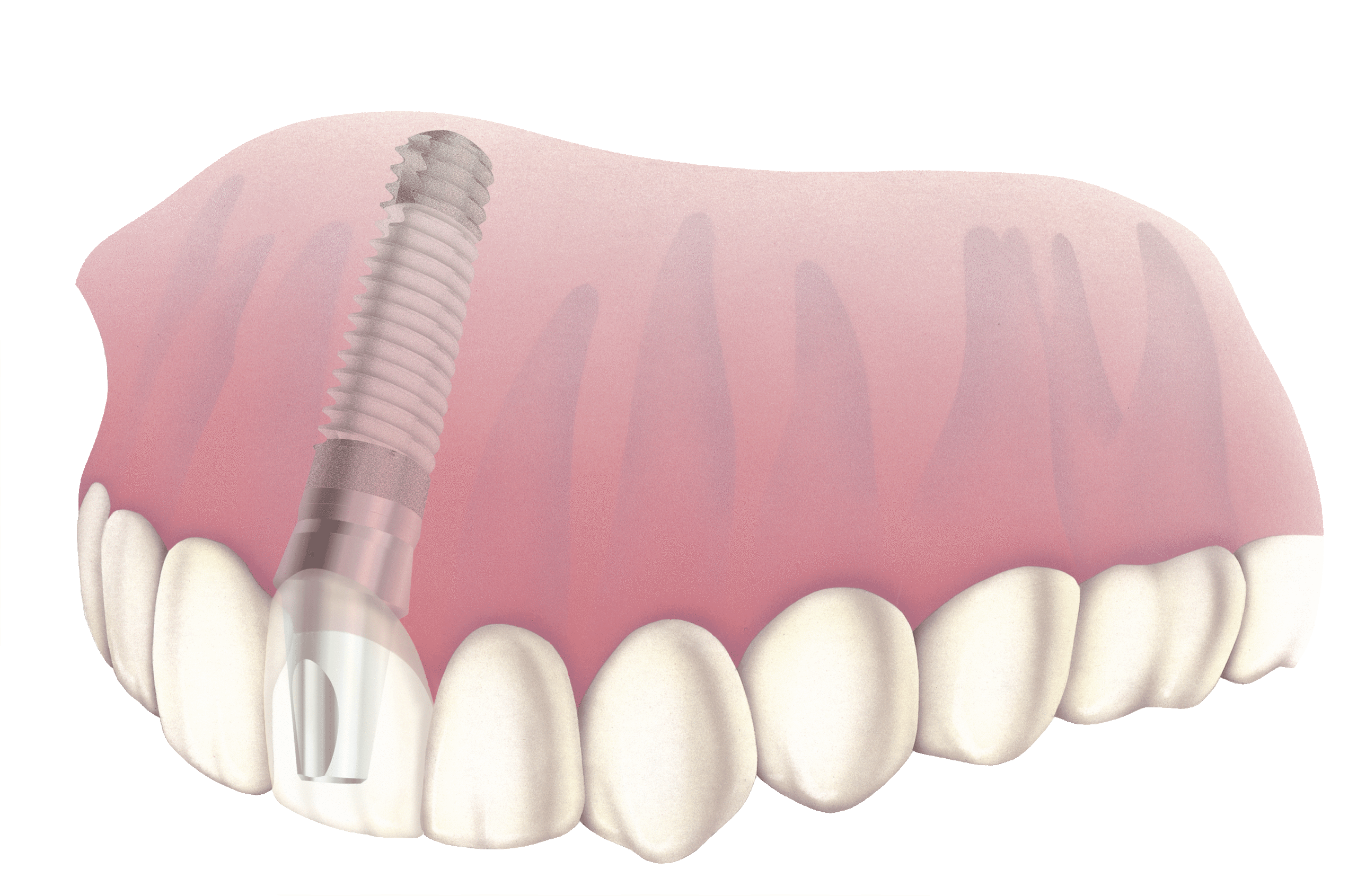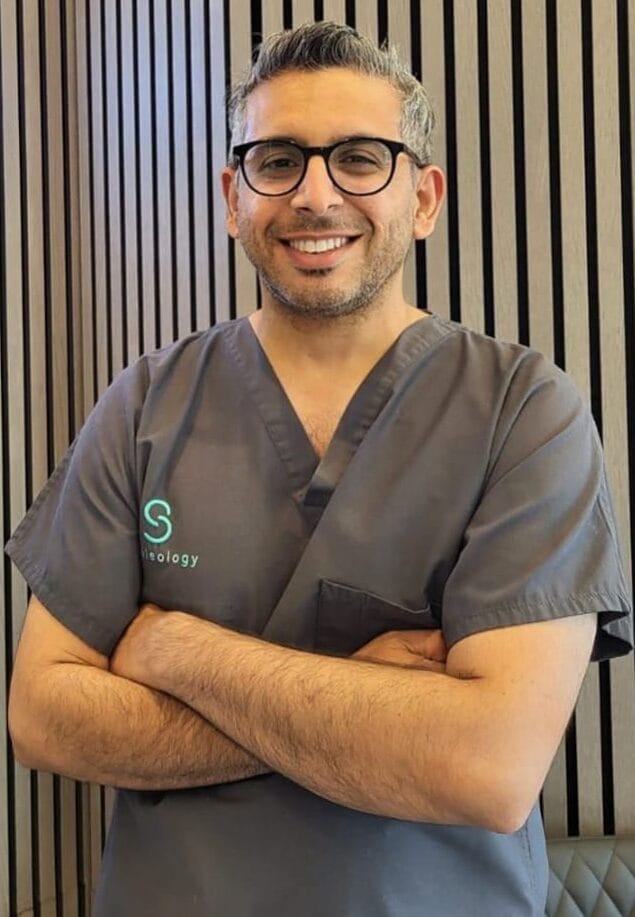Experience the Most Current Innovations in Oral Implants Modern Technology
As the field of dentistry proceeds to progress, the advancements in oral implant innovation have been nothing except exceptional. From making use of advanced materials that boost resilience to the implementation of digital imaging for specific positioning, these advancements are changing the landscape of dental treatment. With minimally intrusive surgical techniques and the customization abilities of 3D printing, individuals currently have actually accessibility to customized options that were when unthinkable. The integration of technology is revolutionizing the capability of dental implants, promising boosted end results and person contentment.
Advanced Materials for Enhanced Resilience
In the realm of dental implants technology, the integration of advanced materials has actually considerably contributed to boosting sturdiness and durability of these critical dental prosthetics. The utilization of products such as titanium alloys, zirconia, and ceramic substances has changed the field by using raised resistance, biocompatibility, and stamina to corrosion.
Titanium alloys are commonly utilized in oral implants due to their phenomenal strength-to-weight ratio, rust resistance, and compatibility with the body. These alloys make certain the stability and durability of the dental implant by withstanding the forces put in throughout eating and speaking, supplying a dependable option for people seeking long lasting tooth substitutes.
Zirconia, a kind of ceramic material, has gotten appeal for its biocompatibility and all-natural tooth-like look. Its high strength and resistance to use make it an appropriate option for dental crowns and bridges, boosting the total visual appeals and performance of the implant.

Digital Imaging for Exact Positioning
The development of dental implants innovation has additionally advanced with the integration of digital imaging strategies, making certain exact placement of these prosthetics for optimal functional and visual end results. Digital imaging plays a vital function in the planning and positioning of oral implants by offering detailed 3D images of the person's jawbone structure. This modern technology permits dentists to evaluate bone thickness, find crucial structures, and intend the precise placement and angle for dental implant placement with unmatched precision.
By using digital imaging, dental practitioners can produce virtual medical guides that function as a roadmap during the dental implant placement treatment. These guides are tailored for every person, considering their unique makeup and the desired end result. This level of accuracy not only improves the success rate of oral implant procedures however also lowers the risk of difficulties.
Additionally, electronic imaging enables dentists to imagine the last prosthetic remediation prior to the actual placement of implants, enabling careful preparation and guaranteeing that the end result meets the individual's visual expectations. Generally, the integration of electronic imaging technology has actually revolutionized the field of oral implants, offering individuals a more foreseeable, efficient, and patient-specific therapy approach.

Minimally Intrusive Surgical Techniques


Innovations in surgical strategies have brought about the development of minimally intrusive strategies in the field of oral implantology. These techniques aim to decrease trauma to the person, reduce recovery times, and boost general treatment results. Minimally invasive procedures involve smaller sized lacerations, specialized tools, and progressed imaging modern technologies to precisely place dental implants with marginal disturbance to bordering tissues.
One secret aspect of minimally intrusive strategies is using assisted surgical procedure, where 3D imaging and computer-aided design software are used to intend the implant placement with terrific precision. This permits a more foreseeable outcome and can often get rid of the need for considerable flap surgical article source treatment.
Moreover, innovations in materials and dental implant design have actually also added to the success of minimally invasive strategies. Implants with improved surface area residential properties promote quicker osseointegration, reducing the recovery time called for before the prosthetic reconstruction can be put.
3D Printing for Custom-made Solutions
Making use of 3D printing modern technology in dental implantology enables the creation of extremely tailored solutions tailored to specific patient requirements and physiological variants. This advanced modern technology enables dental specialists to design and produce oral implants with remarkable precision and precision. By making use of electronic imaging techniques, such as cone beam of light calculated tomography (CBCT), detailed 3D models of the individual's dental cavity can be generated to direct the dental implant intending process.
One of the essential benefits of 3D printing in oral implantology is the ability to produce patient-specific implants that completely fit the one-of-a-kind anatomy of each individual. This tailored strategy assists improve the overall success and long life of the dental implant by guaranteeing optimum fit and placement. Furthermore, 3D printing permits the production of complex geometries and elaborate structures that would certainly be impossible or challenging to accomplish using typical production techniques.
Moreover, 3D printing technology allows dental practitioners to enhance the implantation process, decreasing surgical procedure time and improving overall patient experience. With its ability to create customized solutions rapidly and efficiently, 3D printing is transforming the field of oral implantology, offering individuals innovative therapy alternatives and boosted results.
Integrated Technology for Improved Capability
Applying sophisticated modern technology in oral implantology improves functionality and accuracy, raising the criterion of look after clients undergoing implant procedures. Integrated technology plays a critical function in improving the total success and toughness of oral implants. One key innovation is the combination of electronic scanning and imaging modern technologies, such as cone-beam computed tomography (CBCT) and intraoral scanners. These devices enable detailed 3D imaging of the individual's oral structures, helping with precise treatment preparation and dental implant positioning.
Furthermore, the combination of computer-aided style and computer-aided production (CAD/CAM) technology allows the development of personalized implant remediations with exceptional accuracy. CAD/CAM systems use electronic impacts to design prosthetics that flawlessly fit the person's one-of-a-kind composition, ensuring ideal comfort and performance. Additionally, the usage of robotic-assisted surgery her response in implant positioning improves precision and reduces the threat of human mistake.
Verdict
Finally, the current developments in dental implants technology offer improved toughness via innovative products, exact positioning with electronic imaging, minimally intrusive surgical methods, customized remedies with 3D printing, and boosted functionality with over at this website integrated technology - Dental implants Kent. These advancements in oral implants modern technology are changing the area and giving individuals with more reliable and reliable therapy options for restoring their smiles and oral health
The integration of technology is changing the capability of oral implants, assuring improved end results and client fulfillment.
The evolution of dental implants innovation has additionally advanced with the combination of electronic imaging techniques, making certain specific placement of these prosthetics for optimum functional and visual end results. Minimally invasive medical treatments include smaller sized incisions, specialized instruments, and progressed imaging technologies to exactly put dental implants with marginal interruption to bordering cells.
Executing innovative technology in dental implantology boosts capability and precision, raising the requirement of treatment for patients going through dental implant treatments. Dental implants Kent. Integrated technology plays a vital duty in improving the total success and sturdiness of oral implants